Key Takeaways
- Impact of Bright vs. Neutral Colors in Fashion: Understand the psychological and stylistic effects of each.
- History and Evolution of Color Preferences: Explore how trends in bright and neutral colors have evolved over time.
- Bright Colors: A deep dive into the role, occasions, and suitability of bright colors in fashion.
- Neutral Colors: Understanding their versatility, timelessness, and role in various fashion styles.
- Combining Bright and Neutral Colors: Techniques and tips for effectively blending these two spectrums in outfits.
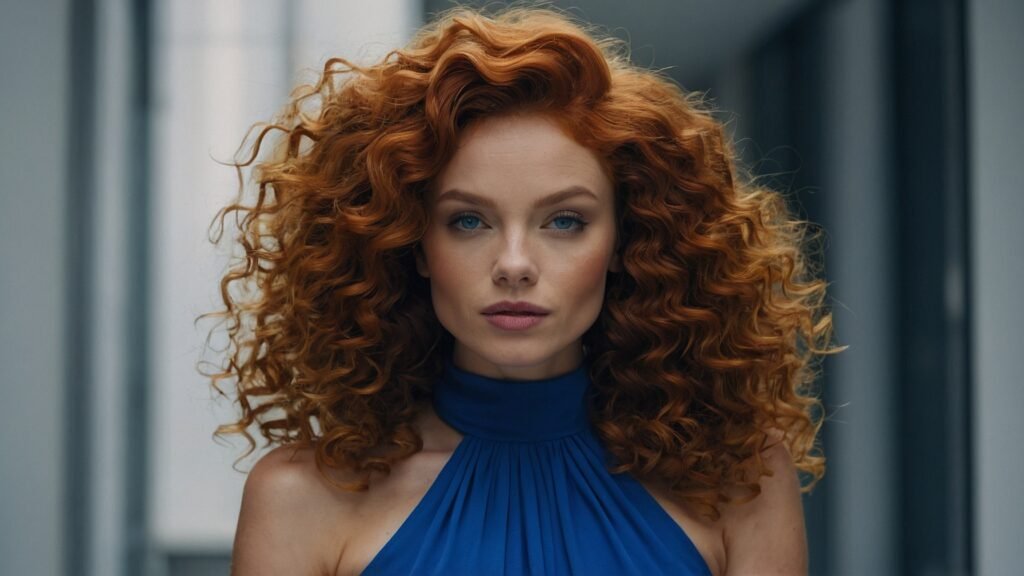
Fashion is a world of limitless creativity and self-expression, with color serving as a key factor in defining fashion styles, influencing moods, and making personal statements. The ongoing debate between bright colors and neutral colors is a timeless topic, deeply embedded in fashion history and influenced by changing cultural trends. This article explores the dynamic discussion surrounding color palettes in fashion, examining the unique characteristics, contexts, and uses of both bright and neutral colors in modern style.
The Power of Color in Fashion
Colors in fashion go beyond simple aesthetics; they serve as a powerful language, expressing emotions, personality traits, and even fashion ideologies. Vibrant colors in fashion, such as bold reds, bright yellows, and vivid blues, often represent energy, excitement, and confidence, making a striking fashion statement that stands out. These lively hues are commonly linked to youthfulness, creativity, and a fearless approach to both life and personal style. In contrast, neutral colors in fashion—like beige, gray, white, and black—convey sophistication, elegance, and timeless appeal. They reflect a minimalist and understated fashion sense, offering versatility and subtlety for any wardrobe.
The Psychological Impact of Colors
The psychology behind color choice in fashion is profound. Bright colors like red, yellow, and blue can evoke feelings of happiness, optimism, and energy. They are attention-grabbing and can be empowering to wear. Neutral tones like beige, gray, and black, conversely, are calming, grounding, and can convey a sense of stability and professionalism. The choice of color can significantly affect the wearer’s mood and how they are perceived by others.
Cultural and Historical Influences on Color Preferences
Colors hold diverse cultural meanings and associations around the world. For example, vibrant colors frequently appear in traditional clothing across many cultures, often representing celebration and festivity. Over time, preferences for bright or neutral colors in fashion have shifted in response to societal trends, economic factors, and changing fashion movements. Understanding these cultural influences and historical trends enhances our appreciation of the significance and versatility of both bold and neutral color palettes in fashion.
The Bright Side of the Palette
Bright colors in fashion appeal to those who are bold and expressive, making a vibrant statement with their style choices. Wearing bright clothing is a celebration of life and energy, often chosen to stand out in a crowd and showcase a unique sense of fashion.
Occasions for Bright Colors
Bright colors are ideal for festive occasions, summer fashion, and any time you want to create a vibrant impression. These bold hues are also becoming more popular in everyday outfits, breaking the tradition of saving bright colors only for special events.
Suitability and Bold Choices
Bright colors may not be for everyone, but they offer a chance to break free from fashion norms and experiment with personal style. They suit those who are confident and unafraid to express their personalities vividly.
Influence of Pop Culture on Bright Colors
The resurgence of bright colors in contemporary fashion can often be traced back to influences from pop culture, including music, art, and cinema. Celebrities and influencers embracing bright hues can often catalyze a trend, making them more accessible and desirable.
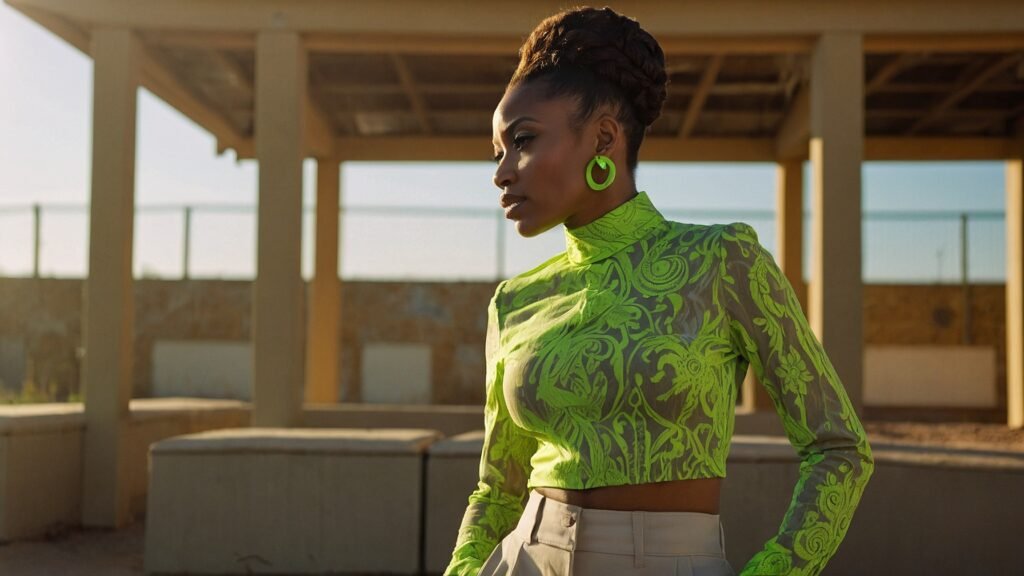
Embracing the Neutrals
Neutral colors are the backbone of a versatile wardrobe. They are timeless, easy to pair, and suitable for almost any occasion.
Versatility of Neutral Colors
The biggest strength of neutral colors lies in their versatility. They can be easily paired with any other color, making them a staple for mix-and-match wardrobes. Neutral colors provide a canvas upon which different styles and textures can play out.
Timelessness and Elegance
Neutral colors have a timeless quality. They are less influenced by the ebb and flow of trends, making them a smart choice for building a long-lasting wardrobe. Their elegance is unspoken yet palpable, lending an air of sophistication to the wearer.
The Role of Neutrals in Contemporary Fashion
In contemporary fashion, neutrals are often the foundation of minimalist and sustainable fashion movements. They encourage a “less is more” philosophy, promoting quality over quantity and longevity over fleeting trends.
Combining Brights and Neutrals
Mastering the art of combining bright and neutral colors can elevate one’s fashion game to new heights. This section offers practical tips and techniques for creating balanced and aesthetically pleasing outfits using both color palettes.
Techniques for Blending Brights and Neutrals
The key to blending brights and neutrals is balance. A bright piece can be grounded with neutral accessories, or a neutral outfit can be enlivened with a pop of color. Understanding color theory and contrasts can aid in creating visually appealing combinations.
Outfit Examples and Inspiration
Drawing inspiration from fashion icons, street style, and even nature can help in visualizing and creating outfits that blend brights
and neutrals effectively. This section will provide examples and ideas for readers to experiment with their wardrobes.
The Art of Accessorizing with Colors
Accessories play a crucial role in tying together an outfit. Using bright accessories with neutral clothing, or vice versa, can add depth and character to an ensemble. Tips on selecting the right accessories to complement and enhance the outfit’s color scheme will be provided.
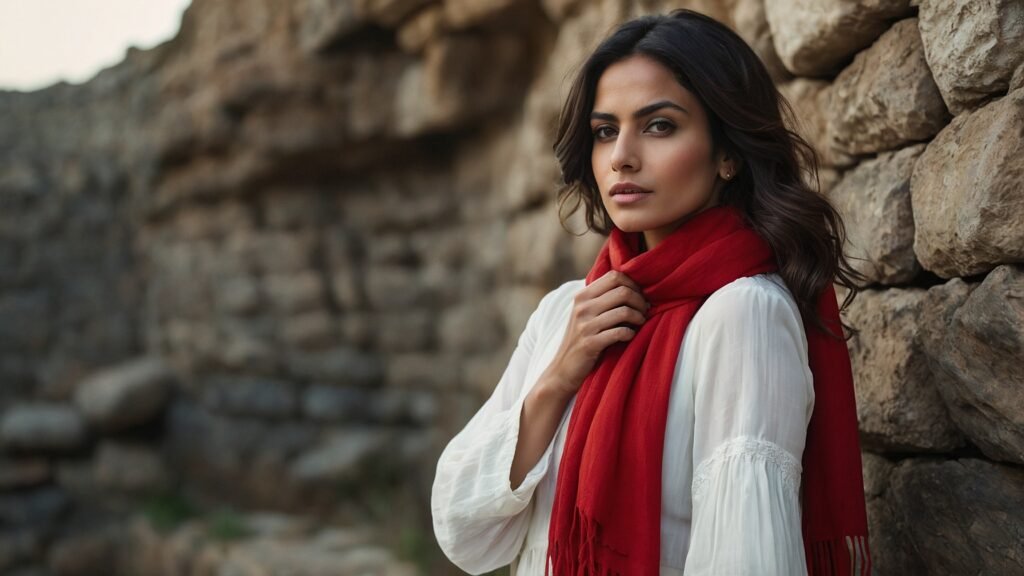
The Evolution of Color Trends in Fashion
Fashion trends are like a pendulum, constantly swinging between extremes. The evolution of color trends over decades reveals much about societal shifts and cultural changes.
The Historical Journey of Fashion Colors
From the pastel shades of the 1950s to the neon hues of the 80s and the earth tones of the 2000s, each era’s dominant fashion colors reflect its cultural zeitgeist. This section explores how major historical events, technological advancements, and cultural shifts have influenced color trends in fashion.
The Role of Technology in Color Trends
Advancements in fabric dyeing and production technologies have significantly impacted color trends. The digital age, with its emphasis on visual appeal and social media influence, has also played a crucial role in how colors trend and fade in the fashion industry.
The Future of Color in Fashion
Predicting future color trends involves understanding global trends, technological advancements, and evolving consumer preferences. This segment will explore potential future trends in fashion colors and what they might signify.
Color Psychology in Fashion
Color psychology in fashion goes beyond aesthetics; it’s about the emotional and psychological reactions colors evoke. This section dives into how different colors can influence perceptions and behaviors.
Emotional Impact of Colors
Colors have the power to affect mood, evoke emotions, and even influence decision-making. This segment explores how different colors can evoke various emotional responses, from the calming effect of blues to the energizing impact of red.
Color Preferences and Personality
Color choices in fashion can be reflective of one’s personality. This part of the article will delve into what preferring certain colors over others might reveal about a person’s character and outlook on life.
The Science Behind Color Choices
There’s a science to how we perceive and are influenced by colors. This section will explore the scientific research behind color psychology and its application in the fashion industry.

Sustainability and Color in Fashion
The growing awareness of sustainability in fashion brings a new perspective to the color debate. This section will explore how color choices can be influenced by and contribute to sustainable fashion practices.
The Impact of Dyeing Processes on the Environment
The environmental impact of fabric dyeing processes, especially for bright colors, is a major concern in sustainable fashion. This segment will discuss eco-friendly dyeing techniques and the role of natural dyes.
Neutral Colors and Sustainable Fashion
Neutral colors often feature in sustainable fashion due to their timeless nature and versatility. This part of the article will discuss how choosing neutral colors can contribute to a more sustainable wardrobe.
The Role of Color in Upcycled and Recycled Fashion
The increasing trend of upcycling and recycling in fashion has implications for color trends. This section will explore how these practices are influencing color choices and combinations in sustainable fashion.
The Influence of Culture and Geography on Color Preferences
Fashion doesn’t exist in a vacuum; it’s deeply influenced by cultural and geographical contexts. This section will explore how different cultures and regions around the world perceive and use colors in fashion.
Cultural Significance of Colors
Colors hold different meanings and significance in various cultures. This segment will delve into cultural interpretations of colors and how they influence fashion choices.
Geographical Influences on Color Trends
Geographic location plays a role in color preferences in fashion, influenced by factors like climate and the natural environment. This part will explore how geography shapes color trends in different parts of the world.
Globalization and Its Impact on Color Trends
Globalization has led to a blending of cultural influences in fashion, impacting color trends worldwide. This section will discuss the global interplay of fashion trends and how it affects color preferences.
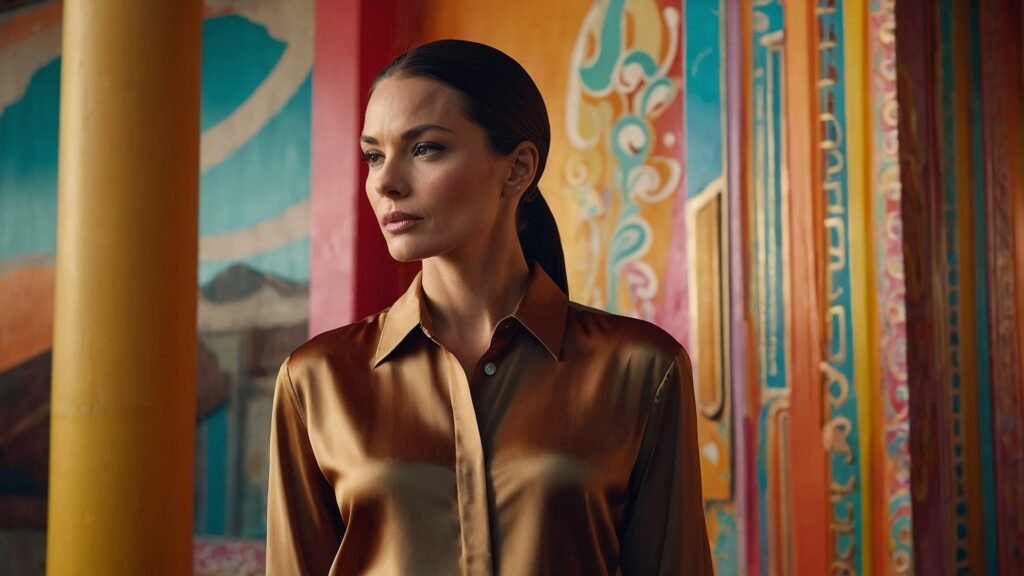
The Role of Personal Style in Color Choices
Ultimately, fashion is a personal expression, and color choices are a significant part of that expression. This section focuses on how individuals can navigate color choices to express their unique style.
Defining Your Personal Color Palette
Everyone has a color palette that resonates with their style and personality. This segment offers guidance on how to discover and define a personal color palette.
Experimenting with Colors in Personal Fashion
Encouraging readers to experiment with different colors, this part will provide tips on how to step out of their color comfort zone and incorporate new hues into their wardrobe.
The Intersection of Personal Style and Color Trends
Balancing personal style with current color trends can be challenging. This section will offer advice on how to blend individual preferences with contemporary trends to create a unique and personal fashion statement.
The Art of Color Coordination in Fashion
Mastering color coordination is crucial for creating visually appealing outfits. This section delves into the principles and techniques of effectively pairing colors.
Basic Principles of Color Matching
Understanding the color wheel and basic color theory is essential for effective coordination. This part will explain the rules of combining complementary, analogous, and triadic color schemes in fashion.
Advanced Color Coordination Techniques
For those looking to take their color coordination skills to the next level, this section will explore advanced techniques like using split-complementary, tetradic, or monochromatic color schemes in outfits.
Practical Tips for Everyday Color Coordination
Providing practical, everyday examples, this segment will offer tips on how to apply color coordination principles in daily wardrobe choices, making it easier for readers to experiment confidently with colors.
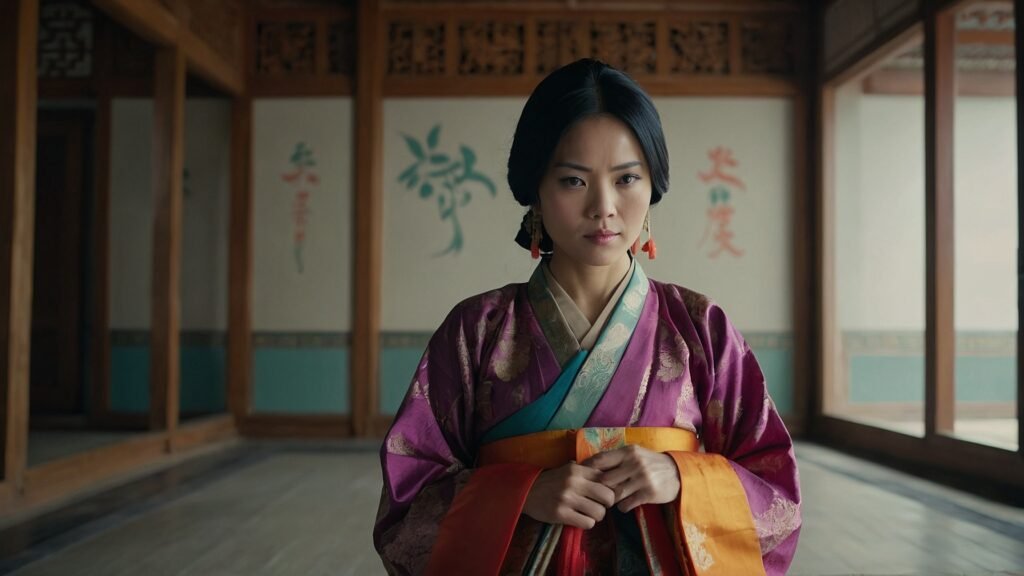
The Impact of Seasons on Color Choices
Seasonal changes significantly influence fashion color choices. This section will explore how different seasons inspire distinct color palettes and how to adapt your wardrobe accordingly.
Spring/Summer Color Trends
Bright, vibrant colors often dominate spring and summer wardrobes, reflecting the energy and liveliness of these seasons. This part will discuss popular color trends for the warmer months and how to incorporate them into your fashion.
Autumn/Winter Color Trends
Darker, richer tones and neutrals typically characterize autumn and winter fashion. This section will delve into the seasonal color trends for colder months and offer advice on creating cozy yet stylish outfits.
Adapting to Seasonal Changes
Transitioning between seasons can be a challenge in terms of wardrobe choices. This segment will provide tips on adapting your wardrobe to changing seasons while maintaining a consistent personal style.
The Role of Color in Formal vs. Casual Wear
Different occasions call for different color choices. This section will discuss how color choices vary between formal and casual wear and how to navigate these differences.
Colors for Formal Attire
Formal attire often leans towards darker or more subdued colors, but there are ways to incorporate color without losing the elegance. This part will explore suitable color choices for formal occasions and how to make a statement with color in formal wear.
Colors for Casual and Everyday Wear
Casual wear offers more freedom in terms of color choices. This section will provide guidance on selecting colors for everyday wear that reflect personal style while staying comfortable and practical.
Navigating Dress Codes with Color
Understanding dress codes is crucial for making appropriate color choices for different occasions. This segment will offer insights into how to use color to comply with various dress codes while maintaining individuality.
Color and Accessorizing: The Final Touch
Accessories can make or break an outfit, and color plays a key role in this. This section will focus on how to use colored accessories to enhance or transform a look.
Choosing the Right Color Accessories
From scarves and hats to jewelry and bags, choosing the right color for accessories is crucial. This part will offer tips on selecting accessories that complement or contrast with the outfit for a cohesive look.
The Impact of Colored Accessories on an Outfit
Even a simple outfit can be transformed with the right colored accessories. This segment will explore how accessories can add a pop of color, create a focal point, or balance an outfit.
Mixing and Matching Accessories
Layering and mixing different colored accessories can be a bold fashion statement. This section will provide creative ideas for combining various accessories to create unique and stylish looks.

Color in Fashion Across the Globe: A Cultural Perspective
Fashion and color preferences vary widely across different cultures. This section will explore how different cultures around the world embrace color in their traditional and contemporary fashion.
Traditional Color Choices in Various Cultures
Many cultures have traditional color choices deeply rooted in their history and symbolism. This part will explore these traditional color choices and their meanings in different cultures.
Contemporary Global Fashion and Color
The global fashion scene is a melting pot of colors influenced by various cultures. This section will discuss how contemporary fashion designers incorporate a diverse range of colors, reflecting global influences.
The Influence of Cultural Exchange on Color Trends
With the world becoming more interconnected, cultural exchange has a significant impact on color trends. This segment will delve into how cross-cultural influences are shaping modern fashion color choices.
Table: Comparing Bright and Neutral Colors in Fashion
| Aspect | Bright Colors | Neutral Colors | Combining Both |
|---|---|---|---|
| Mood/Energy | Energetic, vibrant, attention-grabbing | Calming, understated, sophisticated | Balanced energy, contrast |
| Occasions | Festive, casual, creative settings | Formal, professional, versatile settings | Versatile for multiple settings |
| Seasonality | Popular in spring/summer | Suitable for all seasons | Adaptable across seasons |
| Trend Influence | Influenced by pop culture, seasonal trends | Timeless, less trend-driven | Trendy yet timeless combinations |
| Versatility | Bold statement pieces | Easy to mix and match | Broadens wardrobe options |
| Cultural Significance | Varied, often celebratory and bold | Often associated with elegance and simplicity | Reflects cultural diversity and fusion |
| Psychological Impact | Stimulating, mood-lifting | Grounding, professional | Provides a balanced, harmonious look |
| Fashion Evolution | Cyclic, varies with eras and movements | Consistently popular | Evolves as trends in color mixing emerge |
Conclusion
In the vivid world of fashion, colors play a pivotal role in defining styles, moods, and individual expressions. Bright colors, with their energetic and vibrant nature, bring life and excitement to the wardrobe, symbolizing creativity and boldness.
Neutral colors, on the other hand, offer a canvas of sophistication and timeless elegance, providing a foundation for versatile styling. The interplay between these two color spectrums is a dance of contrasts and harmony, allowing for endless creativity and personalization in fashion.
Whether opting for the bold statement of bright colors, the understated elegance of neutrals, or a blend of both, the choice ultimately reflects one’s personality and style preferences.
As we’ve explored, each color palette holds its unique charm and significance, adaptable across different occasions, seasons, and cultural contexts. By understanding and embracing the power of colors, one can elevate their fashion sense, express their individuality, and step out into the world with confidence and style.
Frequently Asked Questions
What Are the Best Bright Colors for My Skin Tone?
Choosing bright colors that complement your skin tone can enhance your overall look. Generally, people with cooler skin tones may look best in bright blues, purples, and emerald greens, while those with warmer skin tones can opt for bright reds, oranges, and yellows.
Can Neutral Colors Be Worn Year-Round?
Absolutely! Neutral colors are incredibly versatile and can be adapted to any season. They serve as the perfect base for layering with seasonal colors or accessories, making them a timeless addition to your wardrobe.
How Do I Incorporate Bright Colors into a Professional Setting?
Incorporating bright colors into professional attire can be done subtly through accessories, like a bright scarf, tie, or piece of jewelry. Alternatively, you can wear a bright blouse or shirt paired with neutral trousers or skirts to maintain a balance.
What Are Some Tips for Mixing Prints with Bright and Neutral Colors?
When mixing prints with both bright and neutral colors, it’s important to keep one of the prints in a neutral tone to balance the outfit. Additionally, ensure that the colors in both prints complement each other.
How Can I Transition My Wardrobe from Neutral to More Colorful?
Start by introducing colorful accessories into your outfits, like bags, shoes, or jewelry. Gradually, you can add in brightly colored tops or bottoms, pairing them with your neutral pieces.
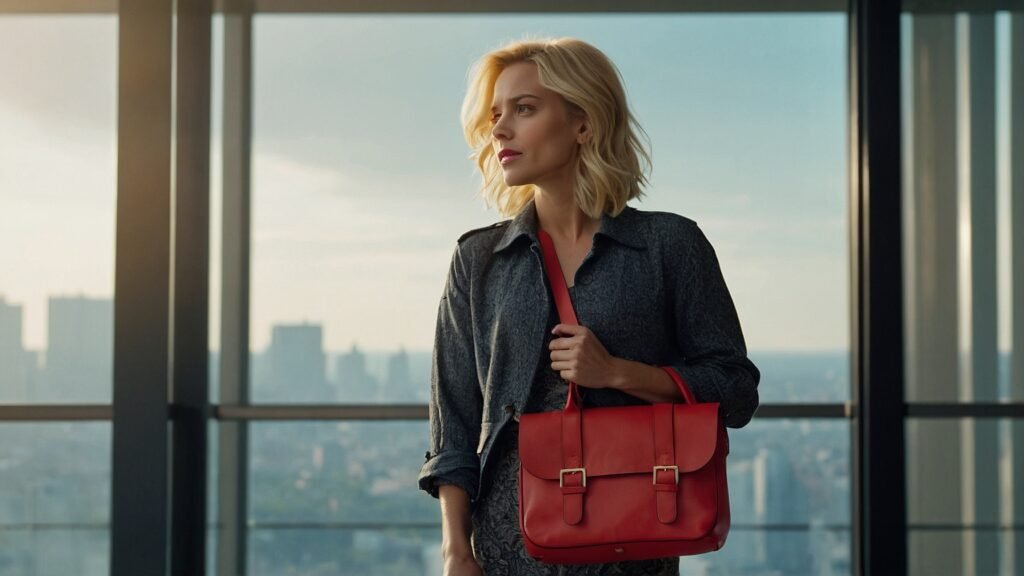
Is There a Universal Color That Suits Everyone?
While there’s no one-size-fits-all color, shades like teal and soft blues tend to be universally flattering, as they balance both warm and cool undertones.
How Do Cultural Influences Affect Color Choices in Fashion?
Cultural influences can significantly affect color choices in fashion, as different cultures have unique color meanings and associations. These cultural perspectives can influence color trends and individual preferences.
Can Men Incorporate Bright Colors into Their Wardrobe?
Certainly! Men can incorporate bright colors into their wardrobe through shirts, ties, socks, and even suits for a modern and confident look. The key is to balance the bright colors with neutral tones to keep the outfit grounded.
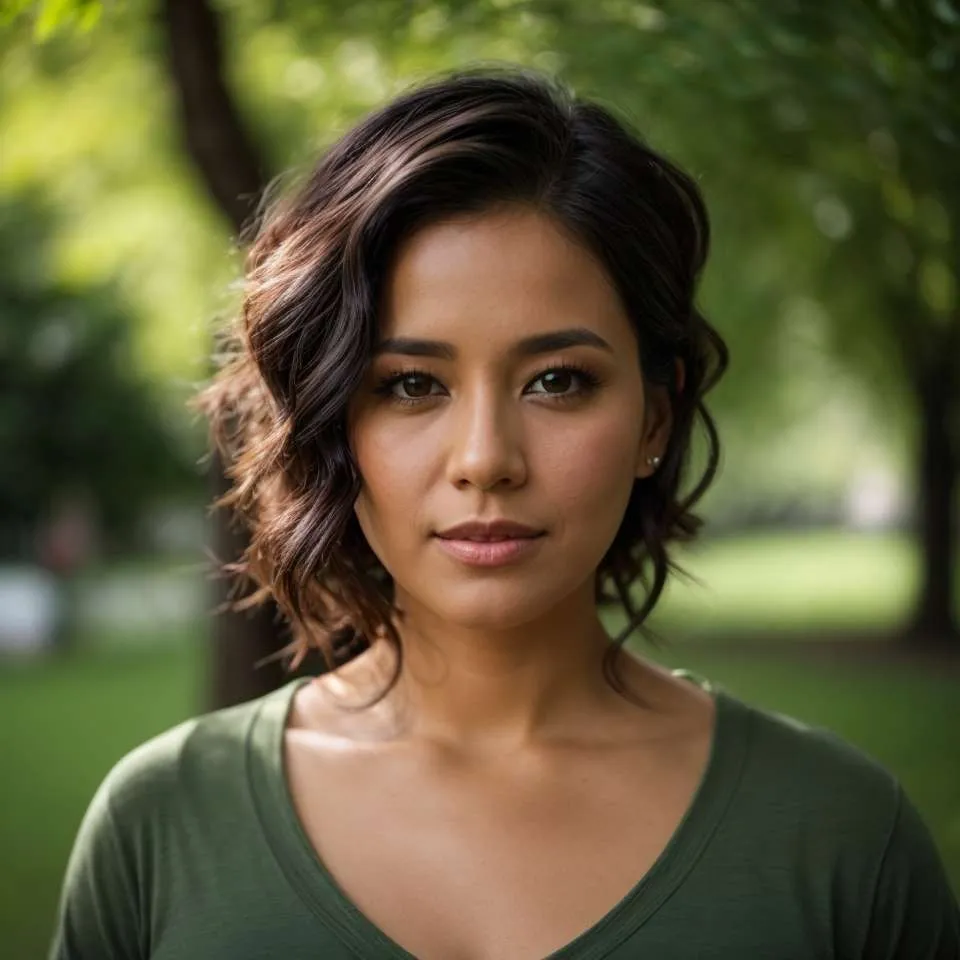
Joanna Perez, with a degree in Creative Writing, excels in recommending distinctive clothing color mixes and trends that deeply connect with readers. She simplifies the often daunting task of color selection, making fashion decisions more personalized and impactful. Her passion for vibrant color palettes and the stories they tell makes her an indispensable voice in the fashion community.
Reviewed By: Marcella Raskin and Anna West
Edited By: Lenny Terra
Fact Checked By: Sam Goldman
Photos Taken or Curated By: Matthew Mansour

